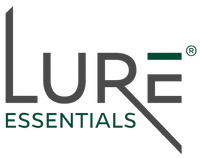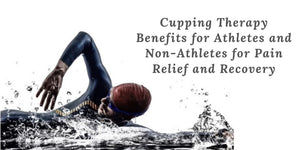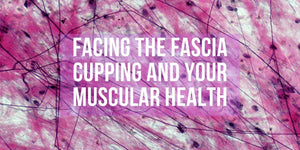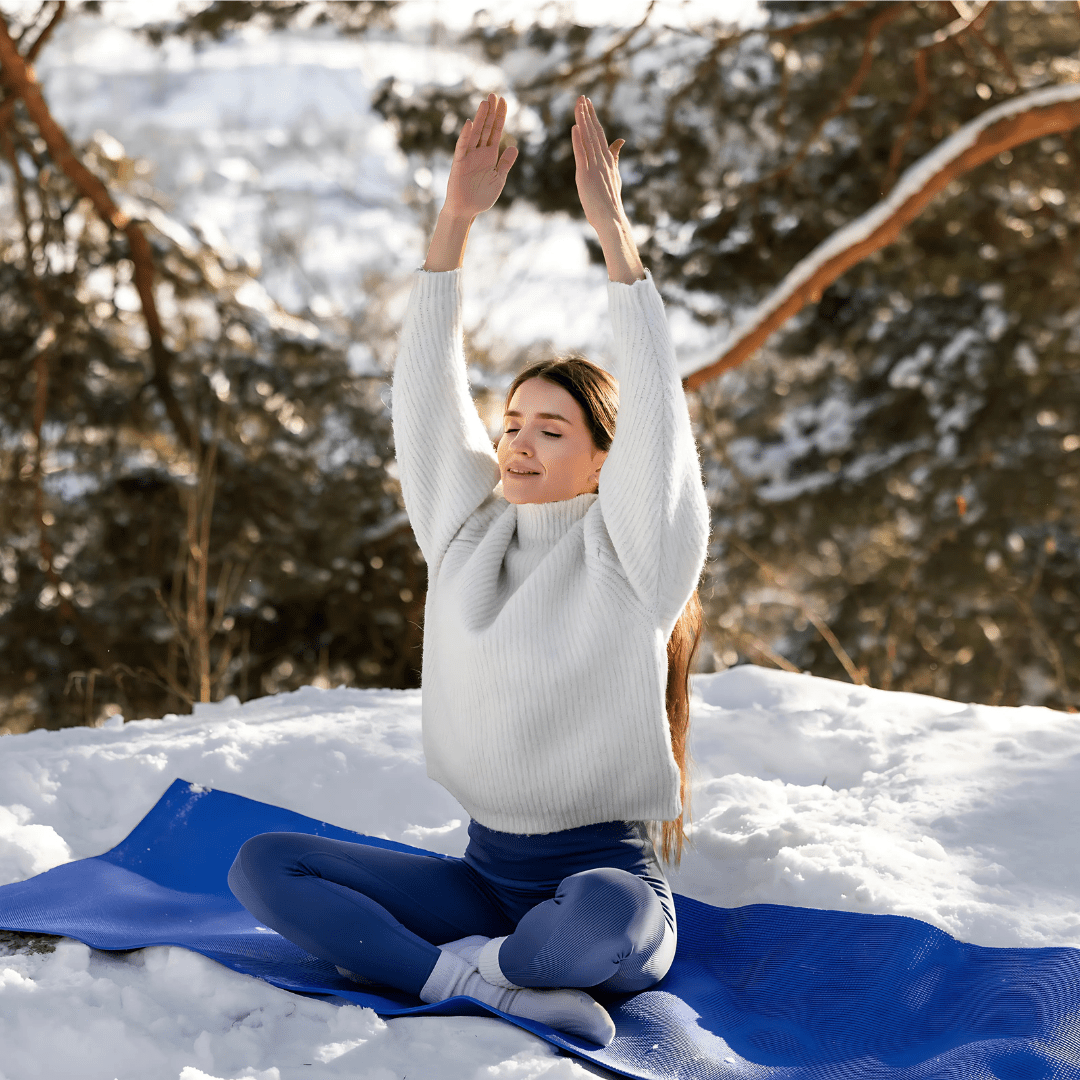Bruises, Hickeys, Oh My! Common Cupping Myths Explained
While the health benefits of cupping have been well explored, the actual experience of cupping therapy may remain a confusing mystery to some. The bruises! The flames! Anything that leaves marks like that has to hurt, right? The truth is, cupping is both safe and effective, but like any holistic method there are many common myths surrounding the technique. When Michael Phelps was photographed with cupping marks in full bloom across his skin, people were intrigued—if such a decorated athlete was into cupping, surely it was worth a deeper look? Unfortunately, the doubters made just as much noise, and the fear surrounding cupping is still alive and well.

To help ease any fears or trepidation about the process, let’s take a look at some of the most common myths associated with cupping.
Myth #1: “It leaves terrible bruises!”
On occasion, cupping can leave you with a few marks. And any kind of bruising equals injury, right? The circular patches of discolored skin that cupping leaves behind can’t be a mark of anything good—well, not quite. Cupping marks are not typical bruises. Imagine that you’ve just banged your knee on the coffee table. After the initial pain, the skin above the injured area may remain tender and grow discolored as a bruise begins to form. Bruising as a result of trauma occurs when blood vessels rupture and cause bleeding beneath the skin that spreads toward the surface and stays trapped under the skin until it eventually dissipates. Cupping marks are not bruises in the traditional sense. In cupping therapy, blood is gently and deliberately drawn to the surface of the skin. The rush of fresh blood promotes healing in areas of discomfort or inflammation, bringing oxygen and nutrients to the surface of the skin. And unlike regular bruises, cupping marks are generally painless and fade within a few days. Many people find that the longer they undergo cupping therapy, the fewer and lighter the marks become. There are many factors at play when it comes to cupping marks, and some people are more susceptible than others. Like with anything, adjustments may need to be made to ensure that your personal cupping experience is as comfortable and hickey-free as possible.

Myth #2: “It’s going to hurt!”
The thought of pain naturally follows the initial sight of the ‘kisses’ cupping therapy leaves behind. But cupping is not painful—just the opposite, in fact. If the correct techniques are followed, cupping should be a highly relaxing experience as the skin is gently separated from tight muscles, blockages are cleared, and the body begins to heal itself from the inside out. If you undergo a cupping session with a trained practitioner who uses a flame to create the suction, rest assured that you are in no danger of being burned and the flames will not touch your skin. Cupping is not only painless, it’s also relatively safe to do at home, providing you follow correct techniques and instructions.
Myth #3: “Cupping doesn’t really work, it’s just trendy right now.”
Though it is getting more attention, cupping is neither a new nor ineffective technique. Cupping therapy has been used in holistic healing and Chinese medicine for thousands of years and has been highly beneficial to many people for a variety of common maladies. Whether you’re an athlete or an arthritis sufferer, cupping could provide much-needed relief from some of your aches and pains. And cupping isn’t an arbitrary practice. Like acupuncture, cupping involves a thorough understanding of how the body works, which is one of the reasons it’s so effective. When you understand the theory and methods behind cupping, it’s easy to see how the process works to help treat and heal the body.
Myth #4: “It’s expensive and time-consuming”
Massage, acupuncture, and cupping all fall under the umbrella of ‘luxury’ treatments. Since they’re not traditional, they feel extraneous, and many people may dismiss cupping as an option for fear that it may cost too much or take too much time. The truth is, there are many quality cupping systems that can be purchased for less than the cost of a single massage and mastered for use in your own home. Once you understand how to use cups, it’s simple to incorporate them into your routine, no technician or appointment time required. That’s not to say that an occasional professional session isn’t still a benefit, but unlike massage and acupuncture, you can get significant results from cupping from the comfort of your home.
Myth #5: “Cupping is a cure-all.”
If there was one single treatment effective at curing all maladies the world would be a much happier place. And while cupping is certainly helpful in treating a variety of physical pains and illness, it’s not a perfect cure or a substitute for healthy habits. Cupping used alongside a good diet, regular exercise and minimal stress is the best way toward a healthier you.
In short, no one should be fearful of giving cupping a try. Whether you visit a massage therapist, a trained cupping practitioner or purchase a cupping therapy system to use at home, staying relaxed and open-minded is key. It may take you a few times to fall into a cupping groove, but once you do you may start to wonder how you ever lived without it.
Happy Cupping!









